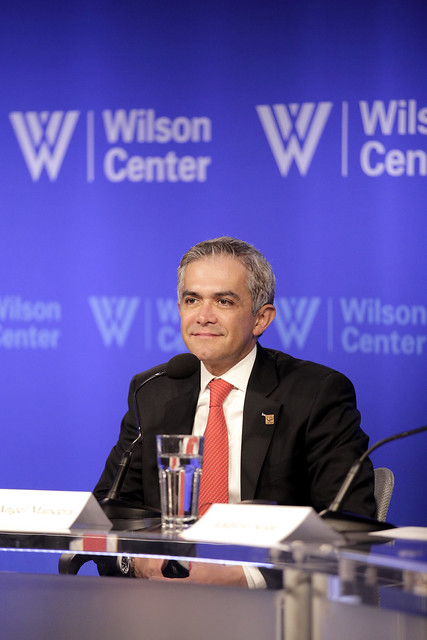In this infographic, the Mexico Institute analyzes the published polls of some Mexican states holding gubernatorial elections in 2015. We highlight the top two candidates in the states, except in the case of Nuevo León, where we want to highlight the surprising rise of an independent candidate above the PAN’s candidate (click here to read our previous analysis on Nuevo León).
In general, the fight for governor in each state will end up being between two candidates or coalitions. The PAN is competitive in almost all of the gubernatorial races, but the PRD is strong in the southern region of the country. Furthermore, the PRI is competitive in all of the elections, either leading the preferences or coming in a close second. In particular, in the states of Sonora, San Luis Potosí, Querétaro, and Michoacán, the race will likely become more competitive as the campaigns continue. In the states of Colima, Guerrero, and Nuevo León, although the current leaders have a significant advantage, this may change due to the recent trend of the other top contenders. Finally, in Baja California Sur and Campeche, the leaders in the polls could strengthen their positions as the campaigns advance.














